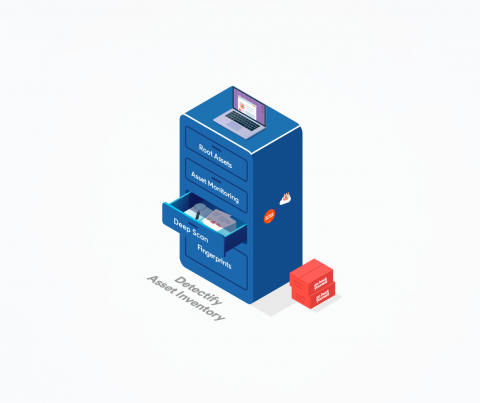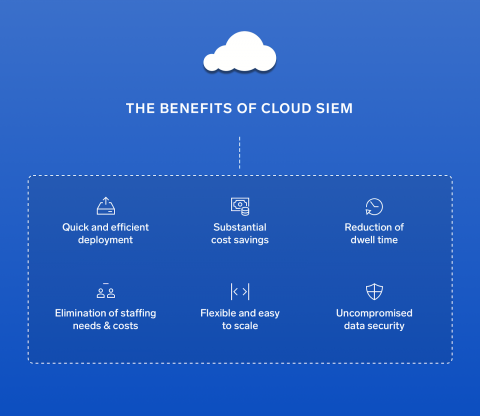Introducing Asset Inventory: stay on top of your web asset security
Good security starts with knowing your web assets. To enable transparency over your tech stack, we have released Asset Inventory, a new view that helps you prioritize security issues and collaborate across teams to stay on top of your web asset security. This release is the first step towards broader asset tracking functionality in Detectify.










